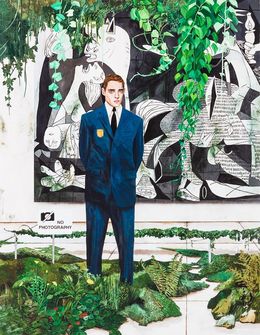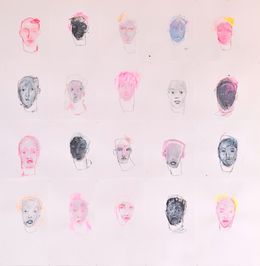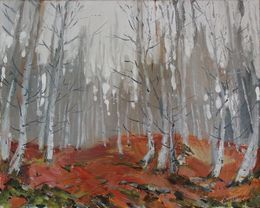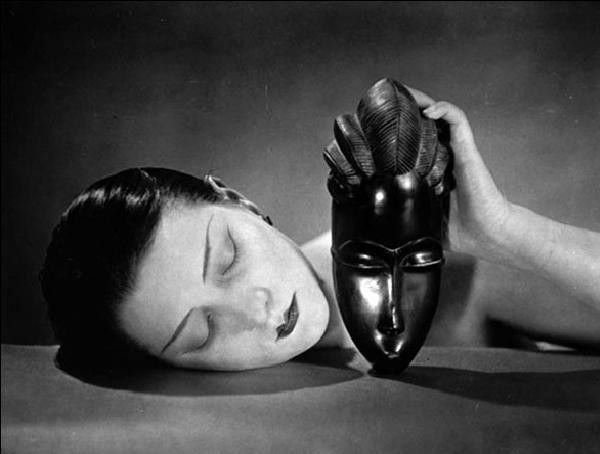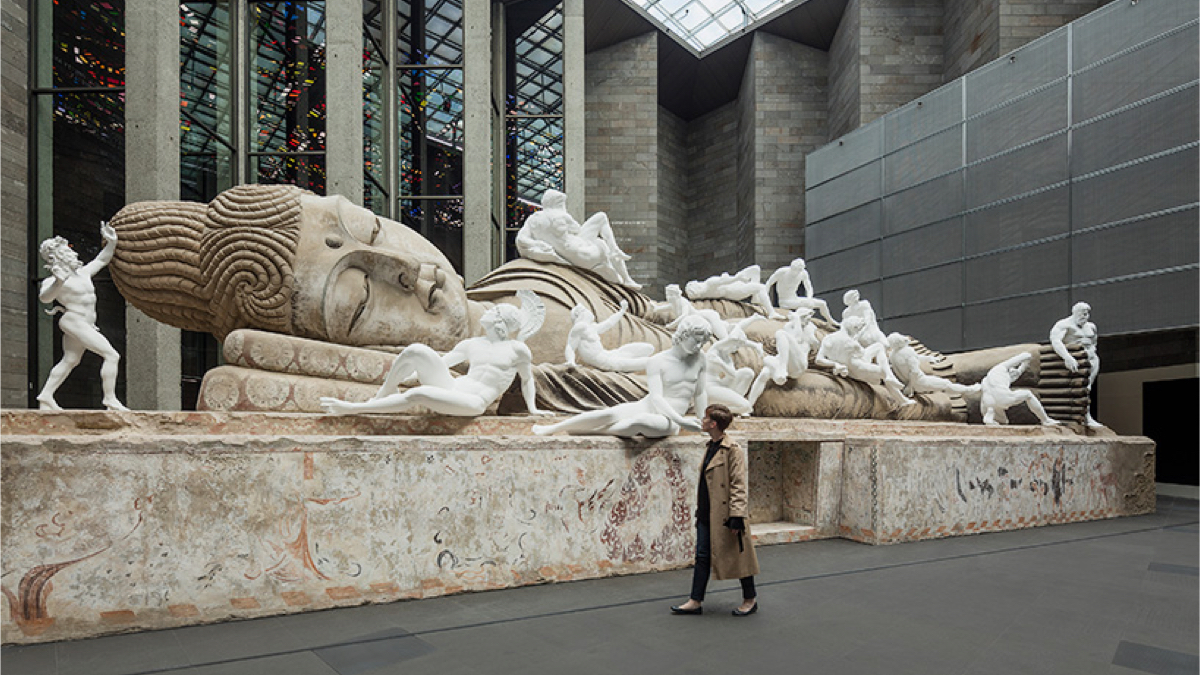
The Arts and Crafts Movement and the Environment
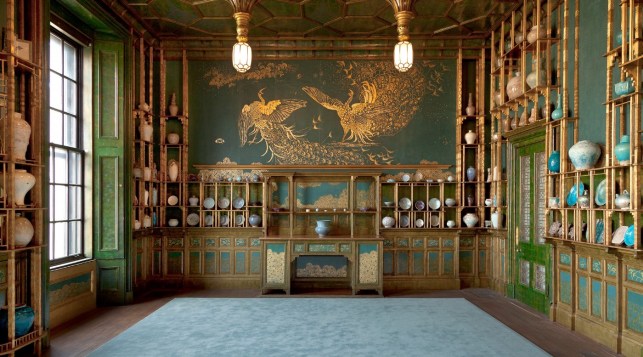
The environmental crisis is at the center of all debates. This is an opportunity for Artsper to evoke nature in art and to highlight artists who defend biodiversity and human rights! The Arts and Crafts movement was born in England around 1860. It is famous for its noble and solid materials, as well as for its sumptuous floral patterns found in the famous wallpapers of one of its founding members, William Morris. Ready to review this movement that is definitely more current than it seems?
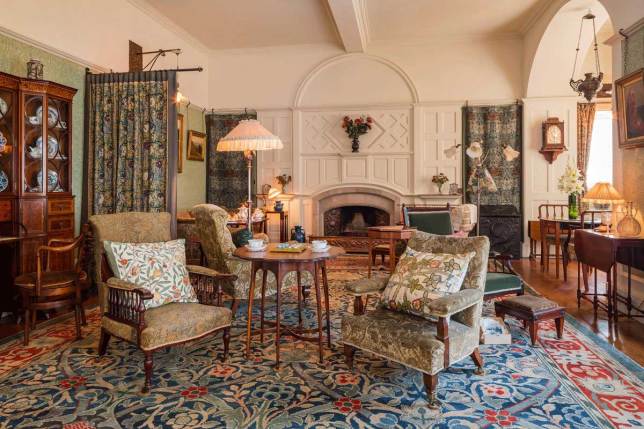
The origins of the movement
In 1860s Victorian England, art was not at the center of concerns. Not to mention the near disappearance of craftsmanship, which had been totally ousted by English industrial society, more willing to promote science and technology. A decade earlier, the Pre-Raphaelites, a British counter-movement famous for its depictions of nature and references to literature, had dissolved. Two of its members, Rossetti and Burne-Jones, joined a design firm called Morris, Marshall, Faulkner & Co. One of these names will resonate in art history as one of the precursors of the Arts and Crafts movement…
This movement echoes the concerns of its time, particularly those of the craftsmen. Indeed, they are in complete disagreement with the race for progress and the mass production driven by the industrial revolution. Also, British society was undergoing a profound change. This mutation is observable in many aspects: social relations, the pace of work, the standard of living. It is this reorganization of the environment that generates real anxiety among citizens.
William Morris, English designer, artist and thinker, as well as John Ruskin, English writer and poet, make this sad observation. Both are refractory to the objectification of the working class and are deeply attached to traditional values; they do not believe in the societal progress promised by the British Empire. Together, they would manage to weave the thread that unites decorative arts and fine arts…
A revolutionary philosophy

The actors of the Arts and Crafts movement rejected the massive industrialization of England and the domination it imposed on its colonies. Indeed, while the Empire benefited greatly from the industrial revolution, the English people suffered from poor working conditions and low standard of living.
The industrial production of furniture and objects was accompanied by a significant decline in quality and a major loss of craftsmanship. Handicrafts were relegated to the background. That is why it was essential for the movement’s members to promote handmade artefacts, as traditional techniques. Art and craftsmanship must be present everywhere; people must be able to observe art but also to use it in their daily lives. This led the way for a whole different approach to the usual objects such as crockery, furniture, carpets, luminaries… In order to be even more detached from the industrial fervor of the time, the pieces were made in small series, sometimes even to order. They combined noble materials, such as solid wood, fabric, glass, steel, enamel, or wrought iron. That is how designers managed to go back to a human-scale production.
The Arts and Crafts principles

The Arts and Crafts movement was accompanied by a dissident philosophy and precise principles:
– A craftsman only thrives if he or she is involved in every step of making the product,
– Being happy at work is essential to create a beautiful piece,
– Art must be everywhere, especially in everyday objects.
The Arts and Crafts philosophy echoed in the artists’ desire to design well-made, beautiful pieces. This ideal was quite revolutionary: beauty must be democratized. Fine arts should not be the only guarantee of beauty in creation. It was necessary to make it accessible to all, through meticulous and passionate work. Morris and Ruskin dreamed of providing all households, from the most modest to the most well-to-do, with pieces of good workmanship and, above all, aesthetic ones. This desire to beautify the world was shared by the other members of the group. Among them, Eric Gill, Gustav Stickley, Walter Crane, Philip Webb and Emery Walker.
Nature as a muse

The environment and botany can be seen as the main source of inspiration for Arts and Crafts artists. This is especially the case for Ruskin, for whom it is unthinkable to contemplate the world faster than at the speed of a galloping horse. Moreover, it was he who encouraged the Pre-Raphaelites to go further in their representation of nature by venturing into it to compose their paintings…
In their quest for simplicity and nature, the Arts and Crafts artists went to the English countryside where they founded schools. Thus, apprentices were invited to learn pottery, enameling, embroidery… They rediscovered the joys of culture, live performance and small-scale creation, sheltered from London’s machinations. The handmade pieces were of an incomparable softness and depicted delicate birds, harmonious foliage, vibrant color palettes… Motifs that are reminiscent of their creators’ newfound freedom.
This way of thinking exported to Central Europe, Scandinavia and even to the United States where communities of craftsmen working with noble and natural materials were established to give life to meaningful furniture. Arts and Crafts objects and furniture reflect this particular relationship with nature. It shows through the use of warm and deep colors inspired by terracotta and wood, or curves that resemble the shape of a leaf or even the rings of a tree trunk…
The founder’s distinctive style

William Morris’ unique style still inspires the decorative arts to this day. He is the author of many works, all of which signify his multiple talents. Indeed, Morris was established as a businessman, socialist politician, architect, printer, and more. This multidisciplinary career helped building the image of an emblematic figure of the 19th century UK. In his works, he aimed to bring humanity, sensitivity, nostalgia, in his country that he finds ugly, cold, sinister.
Morris was fascinated by medieval literature and gothic architecture. He transcribed this passion in his craftsmanship, particularly in the construction and decoration of the Red House, his own home. The artist is at the origin of every single item in it, from the furniture to the stained glass windows, to the fabrics and, of course, the wallpapers. He designed them himself, decorating them with strikingly realistic flowers and foliage. Morris’ œuvre arises from his political and environmental commitment. Morris went against the current of the British Empire, capitalism and the effects of industrialization on nature.
A multi-faceted source of inspiration

The Arts and Crafts movement is, in essence, deeply marked by its socio-historical context. Nevertheless, it still managed to inspire many artists thereafter. If there was one obvious link to establish, it would be with French Art Nouveau, which greatly impacted the Western art world in the 1880s. The Arts and Crafts experiments around the decorative arts inspired this new movement, characterized by the profusion of colors, patterns inspired by nature, circular shapes and dynamism. Its success was rapid and international, so much so that the Glasgow School of Art in Scotland developed in the 1890s, or later the Japanese Mingei movement, exploring mainly pottery and ceramics in order to celebrate the local heritage.
Also, it is necessary to note the influence of the Arts and Crafts movement on the Bauhaus. While the former rejected the industrial revolution and its effects on society, the latter accepted it and drew the necessary conclusions to infuse modernity into the applied arts and design while maintaining an objective of valuing the craftsman, his work and its simplicity.
In conclusion…
The Arts and Crafts movement emerged from a profound rejection of English capitalist society in the second half of the 19th century. However, it originated with the Pre-Raphaelite group and has continued to inspire later artistic groups. The Arts and Crafts philosophy even resonates in our daily lives: at a time when the climate crisis is at the heart of all discussions, many advocate a return to the basics and a more responsible consumption. This is exactly what the craftsmen of the group defended at the time, and yet, they were seen as radicals! If you’re interest in committed art, discover more works with a political message on Artsper…

About Artsper
Founded in 2013, Artsper is an online marketplace for contemporary art. Partnering with 1,800 professional art galleries around the world, it makes discovering and acquiring art accessible to all.
Learn more



